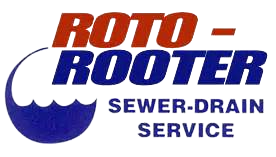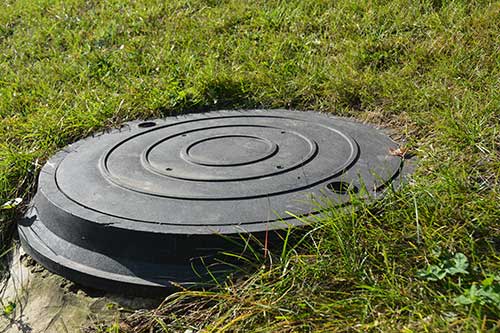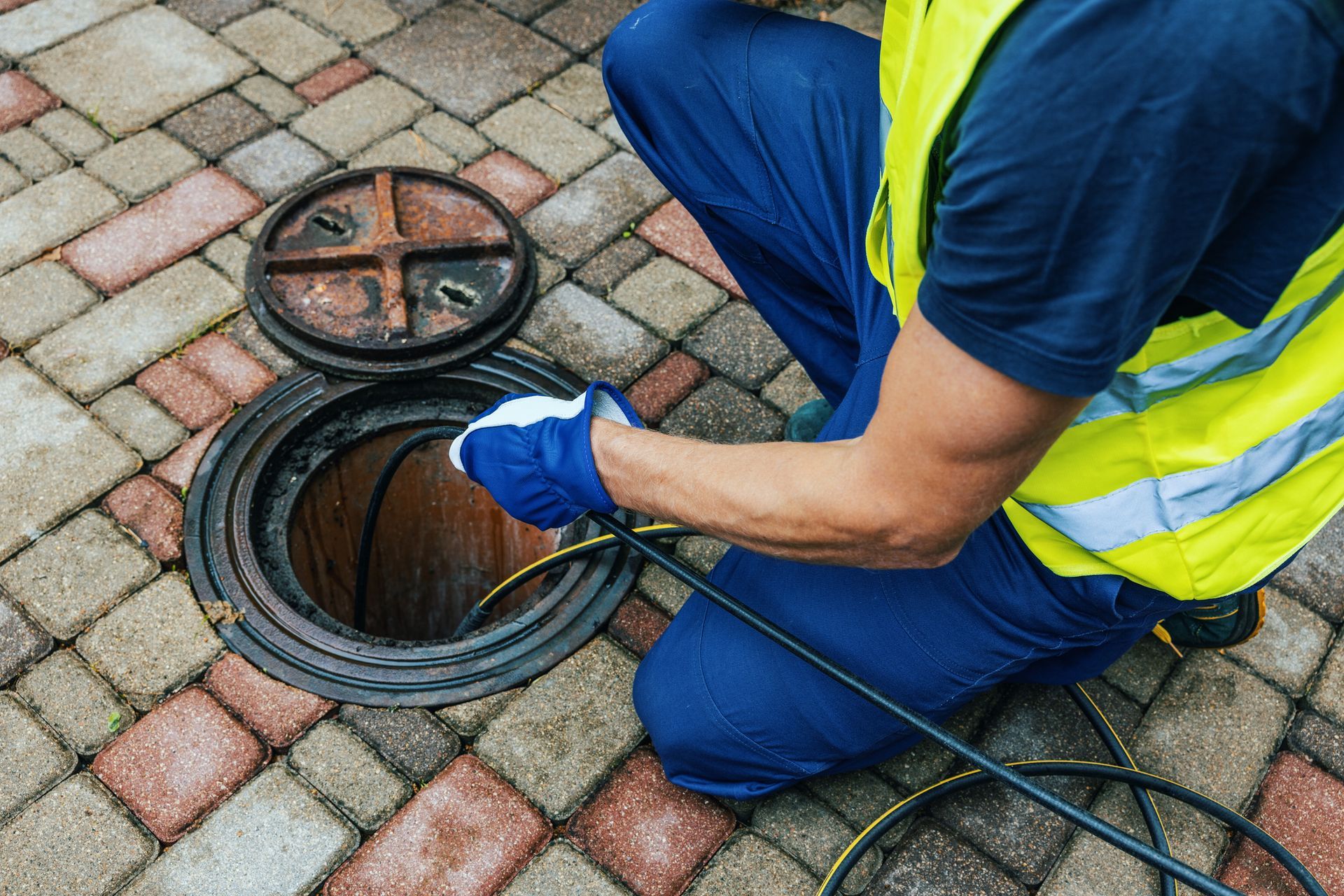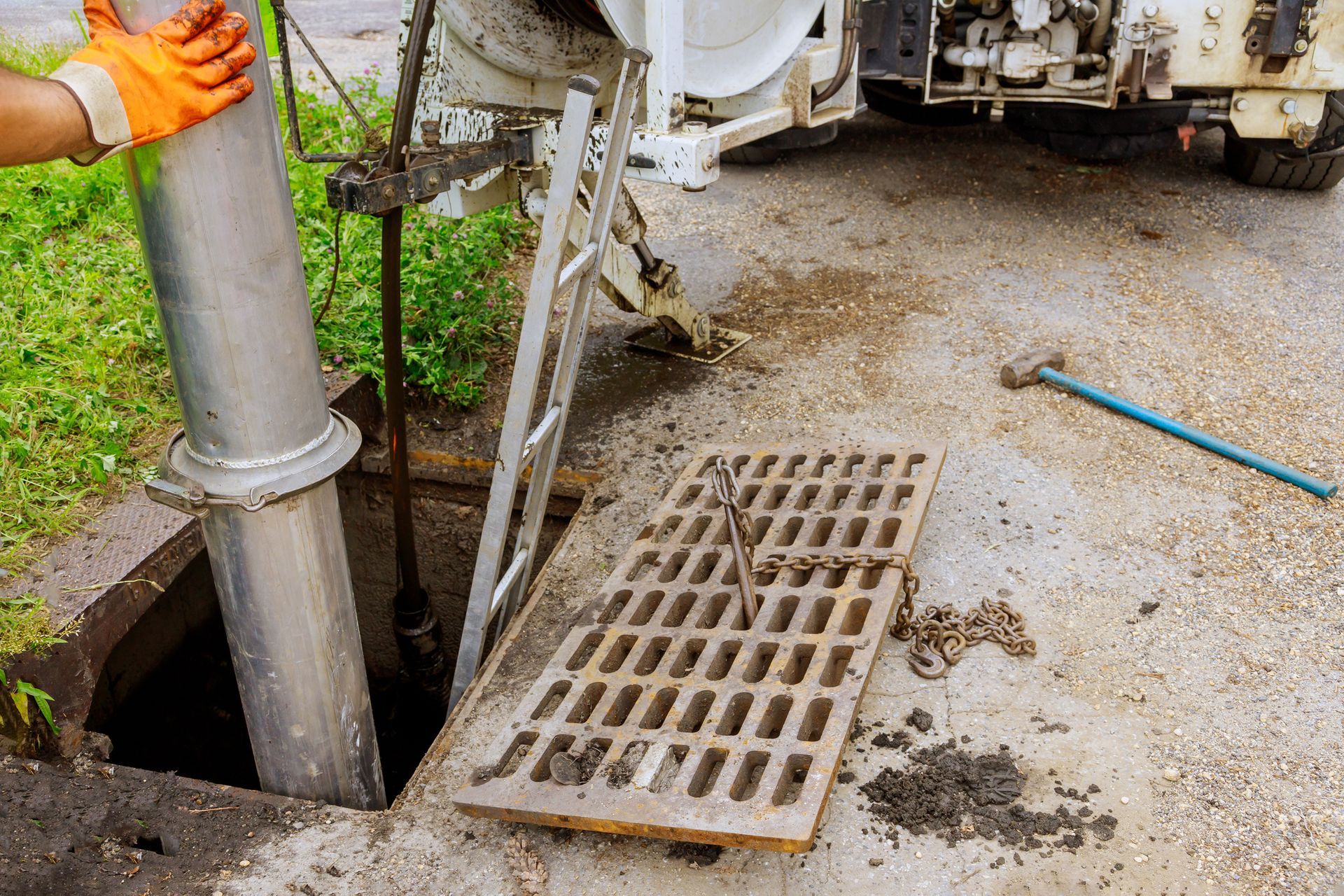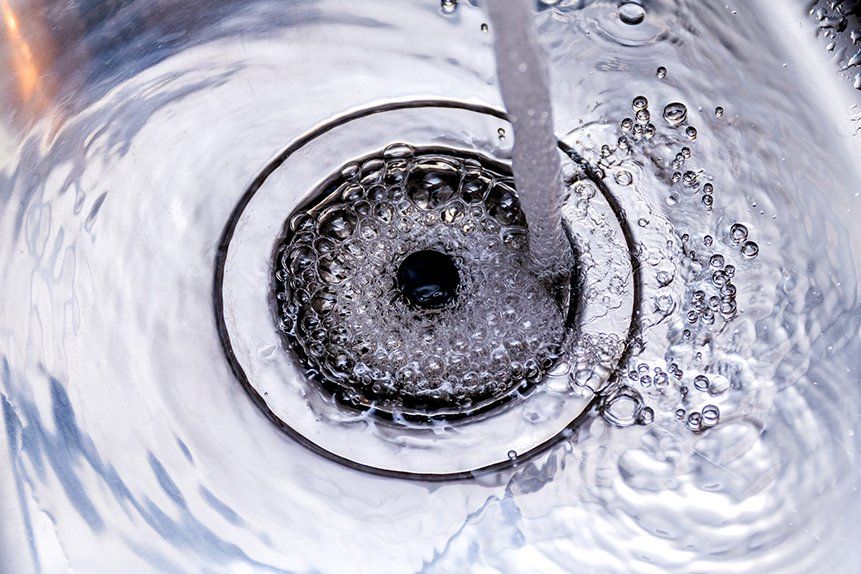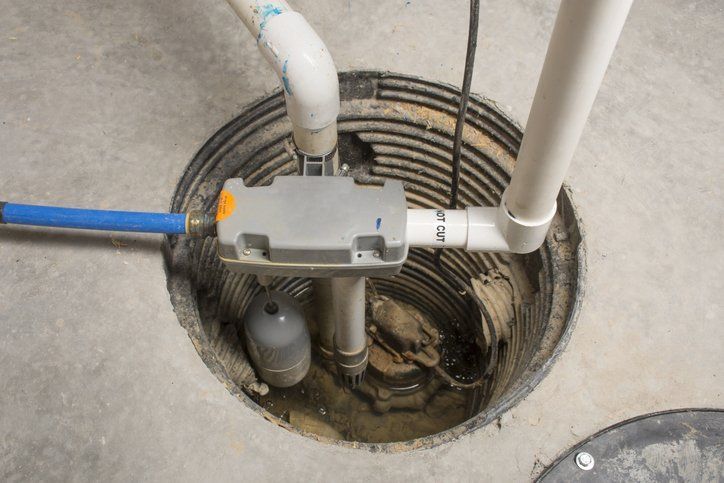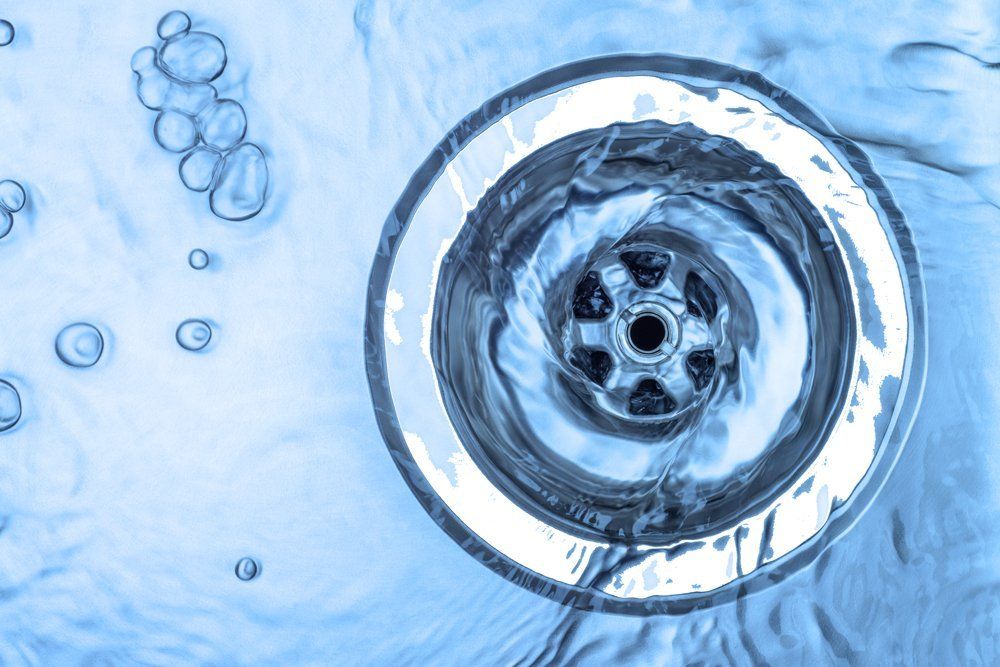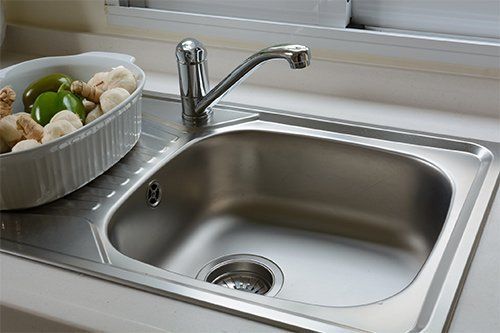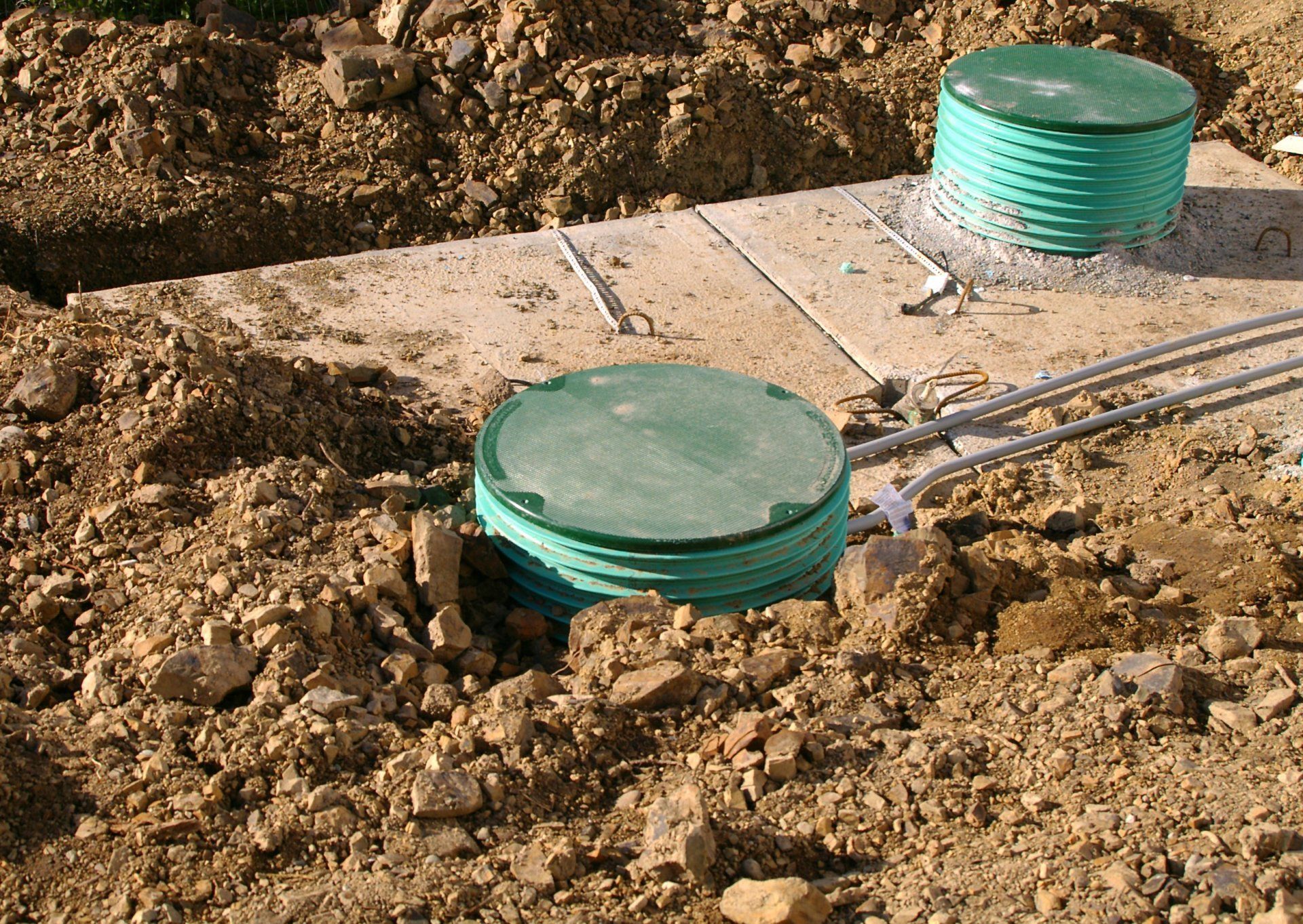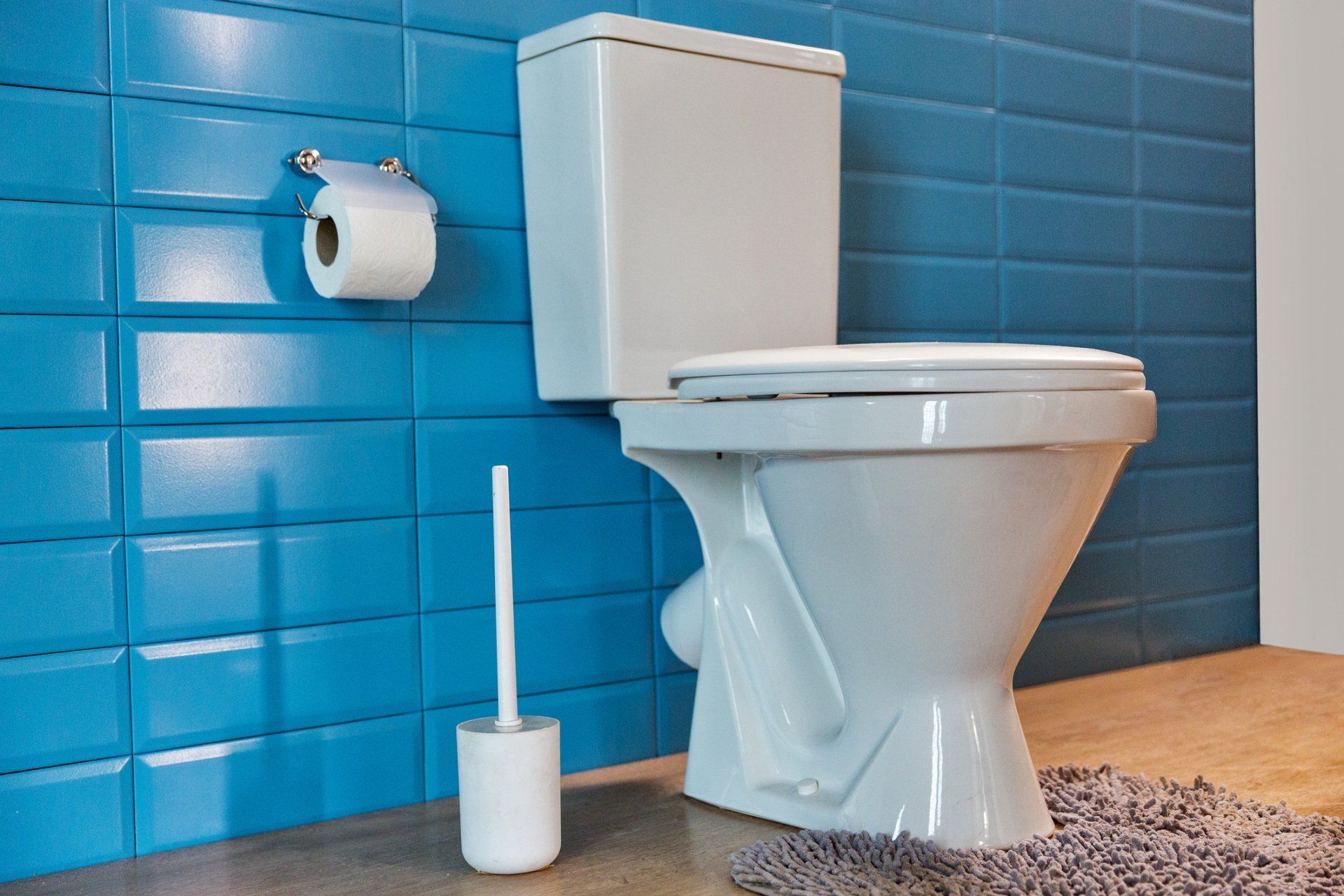Blog Layout
Septic Tank FAQs for New Homeowners
November 6, 2017
If you're used to owning a home with a sewer and are now buying a home with a septic tank, you might be feeling a little intimidated by the change. Know what a septic tank is, how it is different from a sewer and what you can do to care for your septic tank so you can take care of your new home.
HOW IS A SEPTIC TANK DIFFERENT FROM A SEWER?
A septic tank is an underground tank that holds waste water. Septic tanks are attached to individual buildings and homes, and are maintained by the homeowner. These plumbing systems are commonly used in rural areas.
A sewer typically consists of underground pipes and waterways and are connected to all the homes and businesses in a community. The sewer takes waste water to a treatment facility where it is purified and used again. Sewers are commonly used in urban areas.
HOW DOES A SEPTIC TANK WORK?
Water flows into the septic tank and then separates into three layers: sludge at the bottom, refuse in the middle and scum at the top. When the refuse in the middle reaches a certain height, it runs into the drain field and is distributed through the soil. Bacteria in the tank helps break down the sludge, but over time, the sludge in the bottom will begin to build.
WHAT KIND OF MAINTENANCE DOES A SEPTIC TANK REQUIRE?
A septic tank must be pumped regularly in order to work properly. If it is not pumped periodically, sludge in the septic tank may build up and eventually clog the drain field.
HOW OFTEN DOES THE SEPTIC TANK NEED TO BE PUMPED?
Septic tanks need to be pumped every 2 to 3 years, or as often as your septic tank professional recommends. The size of your tank, number of people in your household and your lifestyle habits all can affect the frequency with which your tank must be emptied.
If you're new to your home, consult with a septic tank professional. He or she can assess your needs and make this determination for you.
SHOULD YOU AVOID FLUSHING ANTIBACTERIAL SOAP DOWN A SEPTIC TANK?
Antibacterial soap, cleaning products and antibiotics all can kill bacteria in the tank. This bacteria helps break down sludge, so removing bacteria can cause your tank to clog faster and may also require your tank to be pumped more frequently. Don’t flush any cleaning products or medications down the drains.
In addition, you should never flush tampons, diapers, cat litter or feminine hygiene products into your septic tank. These items all cause clogs.
WHAT ARE THE SIGNS OF A CLOG IN THE SEPTIC TANK?
Signs of a clog in the septic tank are similar to signs of a clog in a sewer. Warning signs include:
- Standing water has appeared in the yard over the septic tank.
- The drains in the home seem to clog all at once. The lowest drains in the house will be affected first.
- The drains make strange gurgling noises deep in the pipes.
- The yard smells like sewage.
- Water from one plumbing fixture drains into another plumbing fixture, instead of draining into the septic tank.
If you notice any of these signs, contact a plumber for septic tank pumping or repair right away.
WHERE CAN YOU GET MORE SEPTIC TANK INFORMATION?
If you're thinking about buying a home with a septic tank, or if you have already bought a home with a septic tank and need information about maintaining it, contact Roto-Rooter Sewer Service today. We can help make sure your septic tank is in great condition and answer your questions.
Hours Of Operation
- Mon - Sat
- -
- Sunday
- Closed
Content, including images, displayed on this website is protected by copyright laws. Downloading, republication, retransmission or reproduction of content on this website is strictly prohibited. Terms of Use
| Privacy Policy
